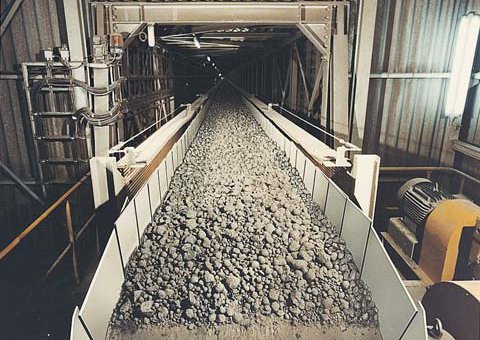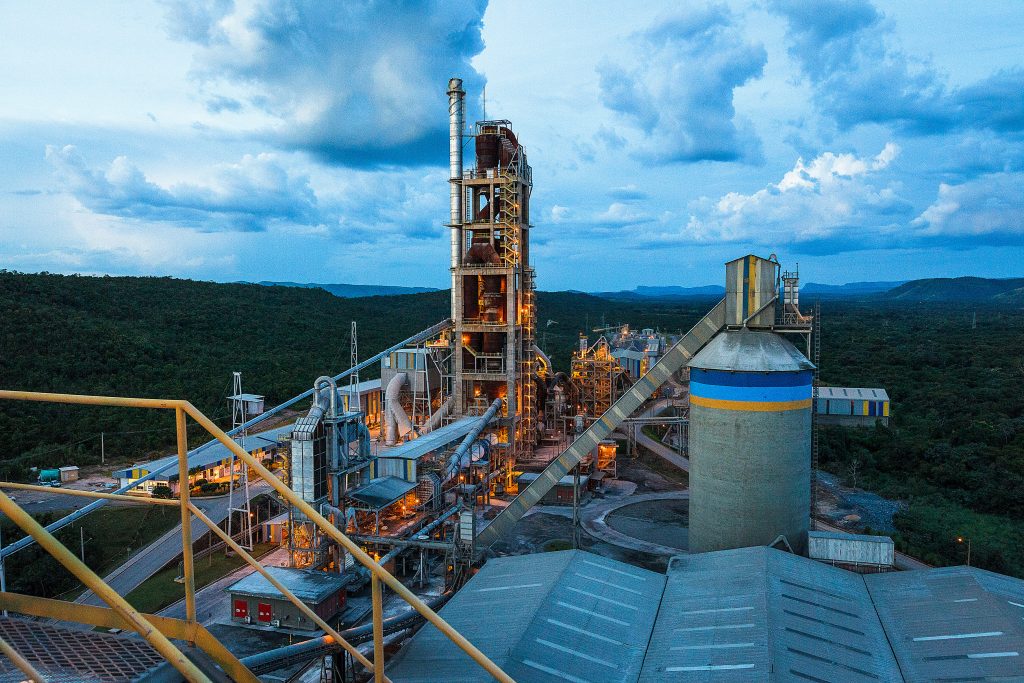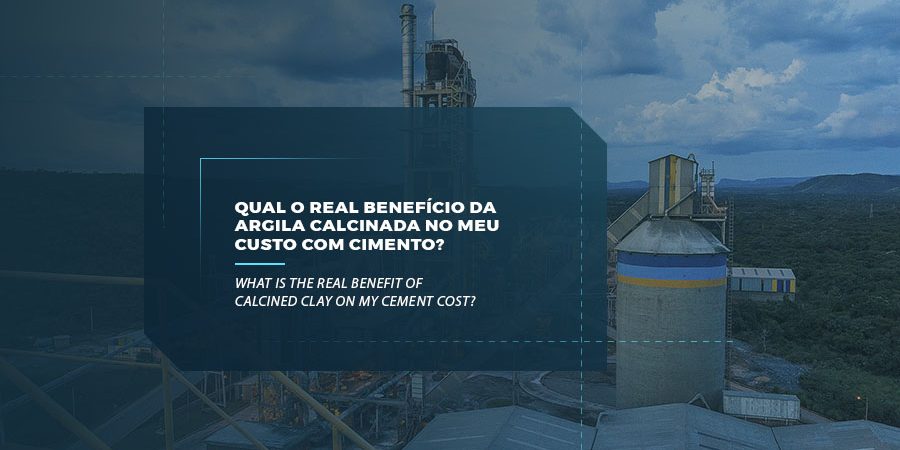The benefits of calcined clay for the production of cement are many, from reducing the emission of polluting gases to a higher final compressive strength (final age), depending on the case, but what are the main cost advantages? Find it out!
Every year, several cement industries produce billions of tons of concrete, reaching an average of 3.7 billion of these products produced annually, constituting one of the biggest bases of the world economy, both directly, employing several people in their factories, and indirectly, in sectors such as civil construction, where it is the main material in several countries. To produce them, the cement industry uses clinker, a material that generates high thermal and electrical consumption, which raises production costs.
With this, several companies, both national and international, have been looking for alternatives to reduce the costs of this production, replacing clinker by calcined clay, a clay material that can be found both naturally and artificially produced. This pozzolanic calcined clay, as it is also known, in addition to helping to reduce CO2 emissions in industries can also bring several economic advantages for cement production.
In today’s post from Dynamis, understand a little more about this material and find out what the real benefits of calcined clay are in your cement costs.
Benefits of calcined clay on cement production cost.

To do the cement production process with the clinker, it will go through a stage that we call clinkerization, which takes place inside a rotary kiln, which will transform the raw material into clinker and it works as follows:
The material, which will be pre calcined, will enter the upper part of the kiln and gravity together with the rotation of the kiln, due to the inclination it will have, will make this raw material flow smoothly, reaching a burner that will have the flame temperature at 2000ºC. Then, the material, in the bottom part of the kiln, will be in counter-flow of the combustion gases and will be heated until reaching 1450ºC, which will complete it and give the clinker.
In addition, to do this process, one of the steps will be done in a raw mill to leave the raw material in very small sizes to go to the clinker process, which further increases both the thermal and electrical cost.
The production of pozzolanic cement, on the other hand, does not need a raw mill, as one of the greatest benefits of calcined clay is that it only needs to be reduced in size to be fed directly into the kiln. In addition, this material does not require clinkerization, it only needs to be dried and heated between 700ºC and 900 ° C (but the temperature depends on the clay) and activated, to increase its porosity to increase the surface area and reactivity. However, the fuel consumption for the calcined clay to be activated is significantly lower than that of the clinker.
In cement production, in some countries, this material replaces clinker by up to 50% in the composition of the product, whether natural or artificial, and can bring a reduction of up to 25% in thermal consumption and up to 15% in electrical consumption compared to other material. In addition, cements made with this type of clay in their composition will have great advantages in relation to final compressive strength (final age) and corrosion.
How to produce and have the benefits of calcined clay in your cement industry

With several projects with calcined clay, Dynamis developed a production process of the artificial one with the color change from red to gray, being able, after mixing, to maintain the characteristic color of the cement.
For this production process, with or without a color change, it will have a drying process using D-FDryer and D-HotGas technology. In a rotary kiln, with D-Gasifier as the main burner, the key to the entire process is calcination in a controlled atmosphere.
To do this innovative process, several studies were used for the definitions and mixtures of clay from different places of the mine, process parameters, ideal blaine of calcined clay, among several other process and product variables.
Learn more about our solution to reduce cement production costs!
Dynamis Team

